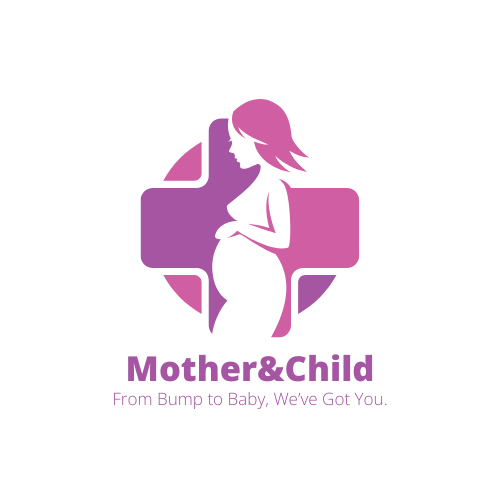🎯 Learning Objectives
By the end of this lesson, learners will be able to:
✅ Understand the role of early child development (ECD) support after jaundice
✅ Identify services that can help children with delayed development
✅ Educate and empower caregivers to seek help and monitor progress
✅ Advocate for follow-up, therapy, and inclusive care in the community
🧠 Why Development Support Matters
Some babies who survive severe jaundice or kernicterus may grow up with challenges in:
-
Movement and coordination
-
Hearing and speech
-
Learning and memory
-
Social behaviour
With early support, many of these babies can learn, thrive, and grow into independent children.
🧾 According to WHO (2023):
“Timely early childhood intervention improves the developmental outcomes of at-risk children, especially in LMICs.”
🔗 https://www.who.int/publications/i/item/9789240063474
🧩 Key Types of Development Support
| Support Type | What It Does | Where to Find It |
|---|---|---|
| Early stimulation therapy | Helps babies reach milestones (e.g., sitting, crawling, walking) | Child health clinics, NGOs |
| Speech & language therapy | Improves communication, even before talking starts | Tertiary hospitals, special schools |
| Hearing support (audiology) | Tests and manages hearing loss (e.g., hearing aids) | ENT departments, UNICEF partners |
| Physiotherapy | Helps with stiff or floppy muscles | Hospitals, rehab centres |
| Special education & inclusive schooling | Helps older children with learning delays | Ministries of Education, disability NGOs |
🌍 African Context Example – Kenya
A baby girl in Machakos was diagnosed with delayed speech after severe jaundice. Her mother was linked to a speech therapist at the county referral hospital and joined a WhatsApp support group. Today, the child attends an inclusive ECDE class and sings in church choir.
👩🏿⚕️ Role of CHWs, Nurses, and TBAs
-
Screen babies at home using the OneWomb monitoring checklist
-
Refer early to child development clinics (before 12 months)
-
Encourage caregivers to keep clinic appointments, even if the child “looks okay”
-
Reduce stigma: Emphasize that developmental challenges are not a “curse” or “witchcraft”
-
Promote play and talk: Encourage caregivers to talk, sing, and play with the baby daily
🛠️ Tools & Referrals in Africa
📍 Kenya
-
Gertrude’s Children’s Hospital – Child Development Centre
https://www.gerties.org -
Kenyatta National Hospital Neuro Rehab
-
County referral hospitals (request for ECD nurse)
📍 Nigeria
-
Neurodevelopmental Clinic – Lagos University Teaching Hospital (LUTH)
https://luth.gov.ng -
Early Childhood Intervention Programme – FMoH & UNICEF
📍 Ghana
-
Komfo Anokye Teaching Hospital (KATH) Child Development Unit
https://kathhsp.org -
BasicNeeds-Ghana (for mental health and learning support)
📍 Uganda
-
Mulago Child Neurodevelopment Clinic
-
CoRSU Hospital – Kisubi (Rehabilitation services)
https://corsuhospital.org
📚 Caregiver Education – Key Messages
🗣️ “You are your child’s first teacher. Even a baby who struggled with jaundice can grow, learn, and shine—with your love and support.”
💬 Encourage families to:
-
Celebrate small milestones (smiles, babbles, steps)
-
Continue stimulating the baby with songs, toys, and conversation
-
Seek help early – don’t wait for school age
-
Join a support group for parents of children with delays or disabilities


